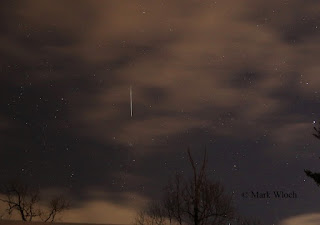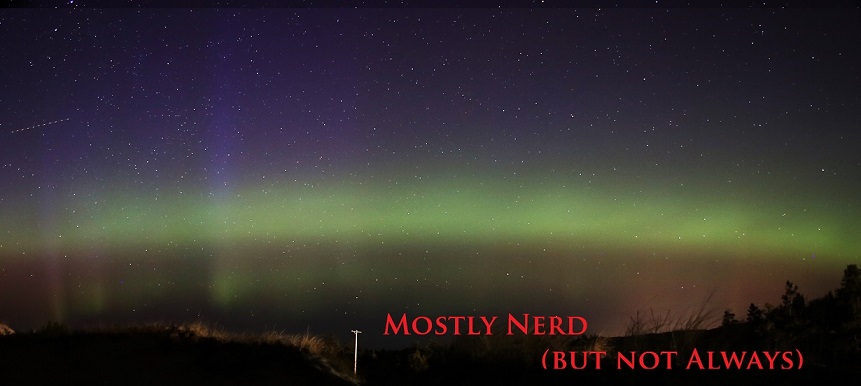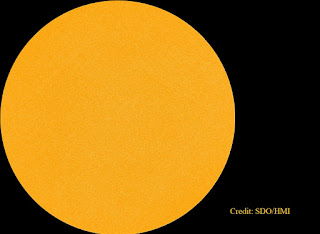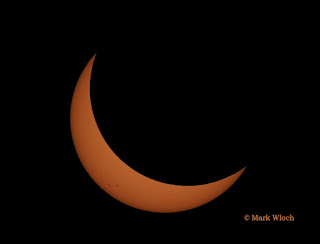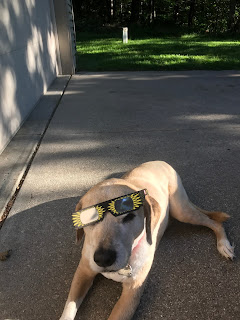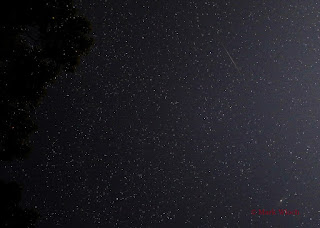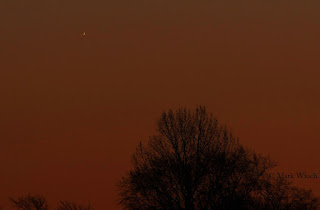At first (through maybe ten) glance(s) the above photo appears to be an empty or extremely underexposed black field. It is neither.
Here is the technical data of the image....
Time/Date.........0643 AM/March 4, 2017.
Exposure..........1/1250 sec @ f/16 at ISO 2500
Focal Length ..700mm (500mm x 1.4x teleconverter)
Camera.............Canon 5d Mark IV
This version of the photo highlights the location of the subject.
A closer crop reveals there actually is something in the photo. But what? A planet?
No. A tighter crop shows the subject has an irregular shape to it.
A plane?
Nope, it's the International Space Station. The 356' wide object was 264 miles from my driveway when I took the handheld photo. I'm somewhat pleased with the result that I was able to obtain with my manually-focused lens at an effective 700mm focal length (500mm lens with a 1.4x teleconverter).
Things closer to my house than the ISS was when I took this photo....
Wrigley Field Chicago, IL.............153 miles
Ford Field Detroit, MI...................204 miles
Fort Wayne, IN..............................209 miles
Crane Creek SP, OH......................231 miles
Dubuque, IA..................................236 miles
Point Pelee NP Ontario.................243 miles
Copper Harbor, MI........................251 miles
Winona, MN..................................260 miles
